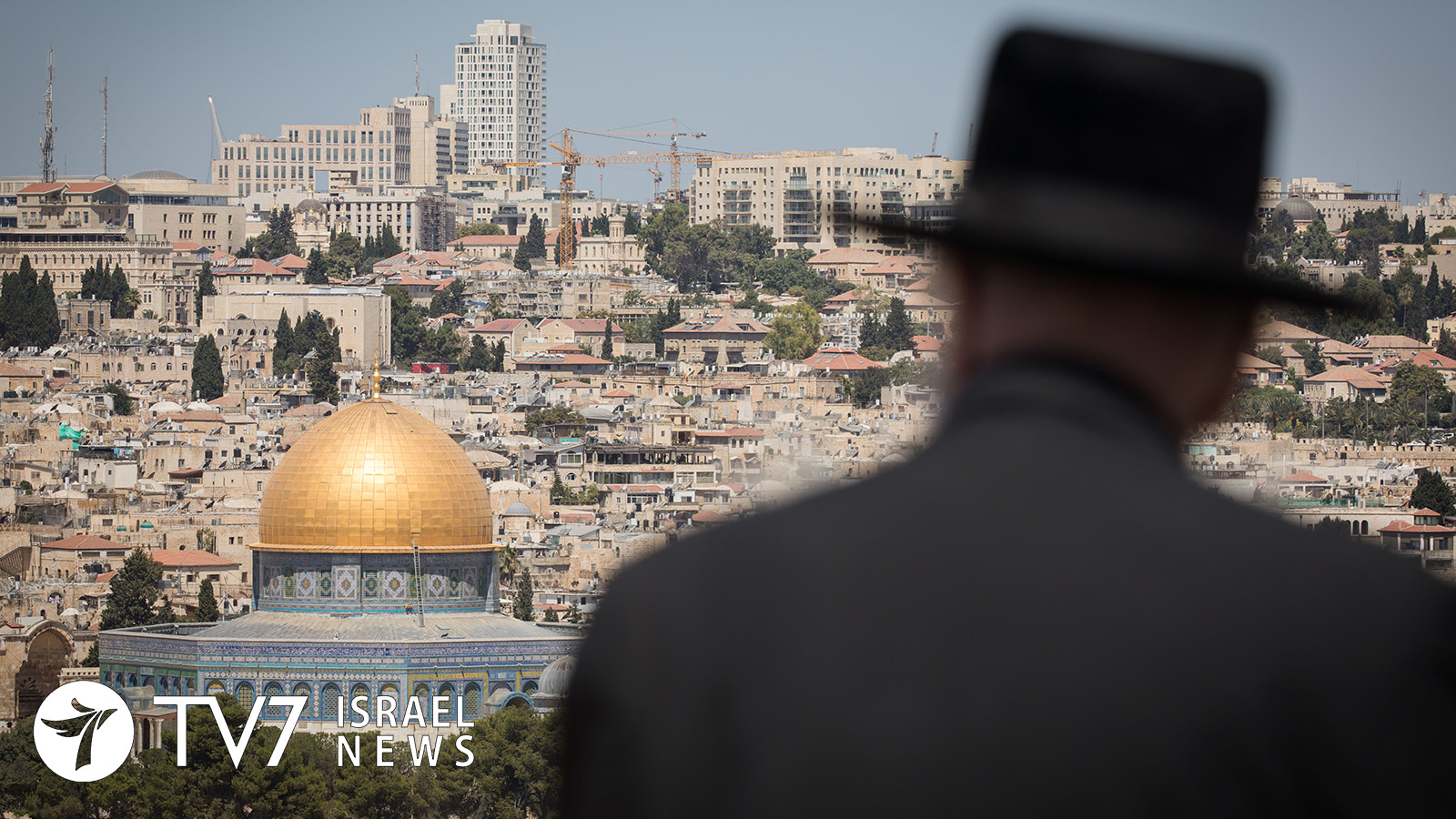Israeli Public Security Minister Gilad Erdan declared that the time has come for Israel to work on changing the status quo on Jerusalem’s Temple mount, the location where both biblical Temples once stood, and which is regarded as the holiest site in Judaism.
In an interview to Israel’s Domestic radio 90, Minister Erdan referred to the presiding “status quo that has existed since 67’” as an “injustice” that must be dealt with. The Israeli top domestic security official, whose ministry oversees the police – which is responsible for maintaining security in and around the ancient compound – professed that Jerusalem’s government needs “to work to change (the status quo), so (that) in the future Jews, with the help of God, can pray at the Temple Mount.”
Minister Erdan clarified, however, that he opposes introducing such a change unilaterally; underscoring that the alteration “needs to be achieved by diplomatic agreements and not by force.”
It is important to mention the historical background to the Israeli initiated decision that barred Jewish worship on the mount. Despite Israel’s successful military conquest of Jerusalem in 1967, then-Defense Minister, the late Moshe Dayan, rejected numerous insistent pleas by religious and nationalist circles that sought to alter the hegemonic Muslim character of the mount by earmarking a section for Jewish worship. Dayan’s unyielding opposition stemmed from his adamant belief that the Arab-Israeli conflict must be kept on the territorial-national level; and that the potential for a conflict between the Jewish religion and the Muslim religion must be avoided at all costs.
As such, the late Defense Minister decreed – with the backing of the ultra-orthodox rabbinical establishment that rejects Jewish presence on the mount all-together for their own reasons – to forbid Jewish prayer and worship at the Temple Mount and leave the mount and its management in the hands of the Muslim Waqf.
That said, Minister Dayan underscored that non-Muslims in general, and Jews in particular, would be able to visit the ancient compound without restriction. In a statement he made prior to implementation of his dramatic decisions, Dayan was quoted as saying: that while “We have returned to the holiest of our places, never to be parted from them again… We did not come to conquer the sacred sites of others or to restrict their religious rights, but rather to ensure the integrity of the city and to live in it with others in fraternity.”
Since the implementation of Minister Dayan’s decisions, the Status Quo – which is a short term from a Latin phrase that translates into “the state existing before the war” –has been preserved within the walled Temple Mount – in which only Muslims are permitted to worship.
Israeli governments have historically upheld the decisions of 67’; yet growing Muslim unrest has increasingly challenged Israeli authorities, which are tasked with maintaining security, from allowing non-Muslims to enter – for fear of violent riots by Muslim worshippers, as was portrayed earlier this week.
Meanwhile, a spokesman for Jordan’s Foreign Ministry, which oversees the Muslim Waqf on the Temple Mount, rejected Erdan’s comments and warned that any change to the status quo at the Temple Mount could have serious consequences. According to the statement that was published by Jordan’s official Petra News Agency, the Kingdoms Foreign Ministry sent a letter of protest over the public security minister’s remarks through diplomatic channels.
The Jordanian statement angered Israeli Foreign Minister Yisrael Katz, who sought to defend Public Security Minister Gilad Erdan. In an interview with Israel’s Kan Public Radio, Minister Katz insisted that “It is Minister Erdan’s right to put a suggestion on the table for discussion. He did not force it but rather set it down.” The prompt response by Israel’s Foreign Minister came in light of a dramatic increase in the number of repeated condemnations that are voiced the/ voiced by the Jordanian Foreign Ministry, which oversees the Muslim Waqf, the Administrative Custodian of the Temple Mount.
